The grocery store isn’t the first place that comes to mind when we think about growing our own plants and vegetables, but the fact is that there are quite a few things you can grow just from regular old grocery store produce. This is good news, too—because it means that if you are having a hard time finding some of these things, or if you have some of these as leftovers that are getting a bit past their prime in your pantry, you can use these groceries to grow more. And save some money, too!
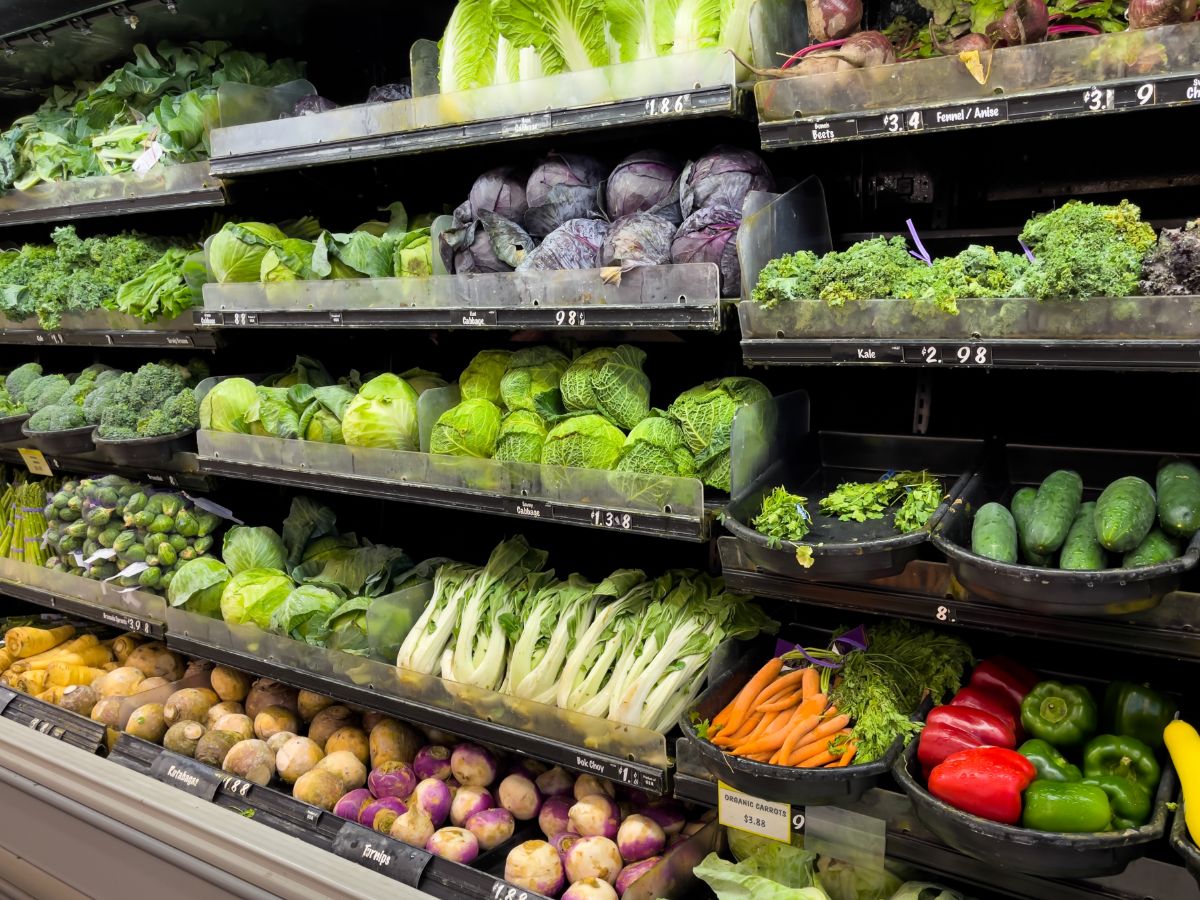
What are some things you can grow from regular grocery items? Here are nine to get you started.
Jump to:
- 9 Everyday Groceries You Can Grow into More
- 1. Potatoes
- 2. Sweet Potatoes
- 3. Garlic
- 4. Green Onions
- 5. Root Vegetable Greens (turnip, beets, carrots)
- 6. Beans, Peas, and Sprouts
- 7. Ginger
- 8. Turmeric
- 9. Horseradish
- Go Organic When Growing Groceries
- What About Seeds from Store Produce Like Tomatoes and Peppers?
- Growing from Waste Scraps
9 Everyday Groceries You Can Grow into More
1. Potatoes
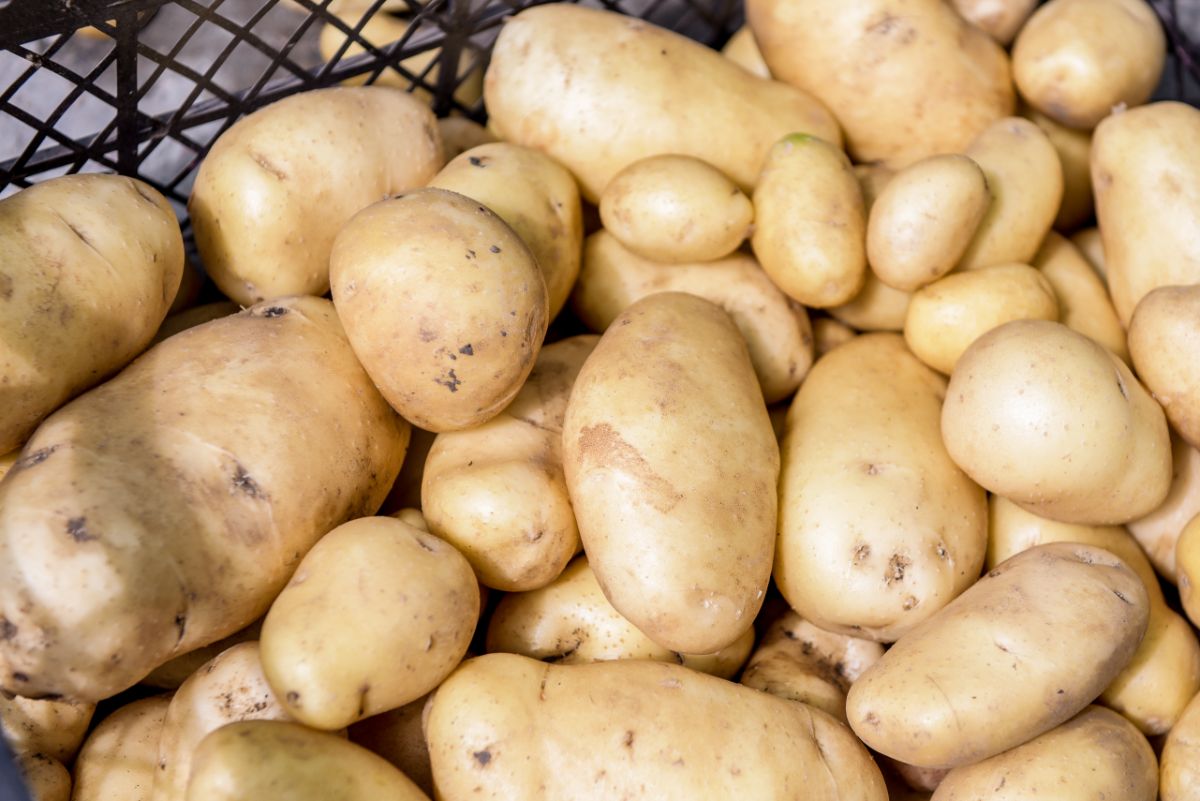
Potatoes grow from the “eyes” --those little things you see sprouting out of the skins if you let them stay around in a cool, dark place for too long. Planting potatoes is as simple as digging a hole, planting the sprouted potato in it, covering it, and then hilling up around the plant as it grows. You can even use straw to hill your potato plants to make hilling and harvesting easier.
Plant potatoes after they have at least two budding eyes. For larger potatoes, you can cut the spuds in half or quarters, as long as each piece has at least two sprouting eyes. This is a way of getting a lot more out of a little. If you do choose to cut the potatoes so that you can grow more plants, it’s best to let those cut sections sit out in the sun for a day before planting to dry out the exposed whites and cure the sides. This will reduce rotting.
2. Sweet Potatoes
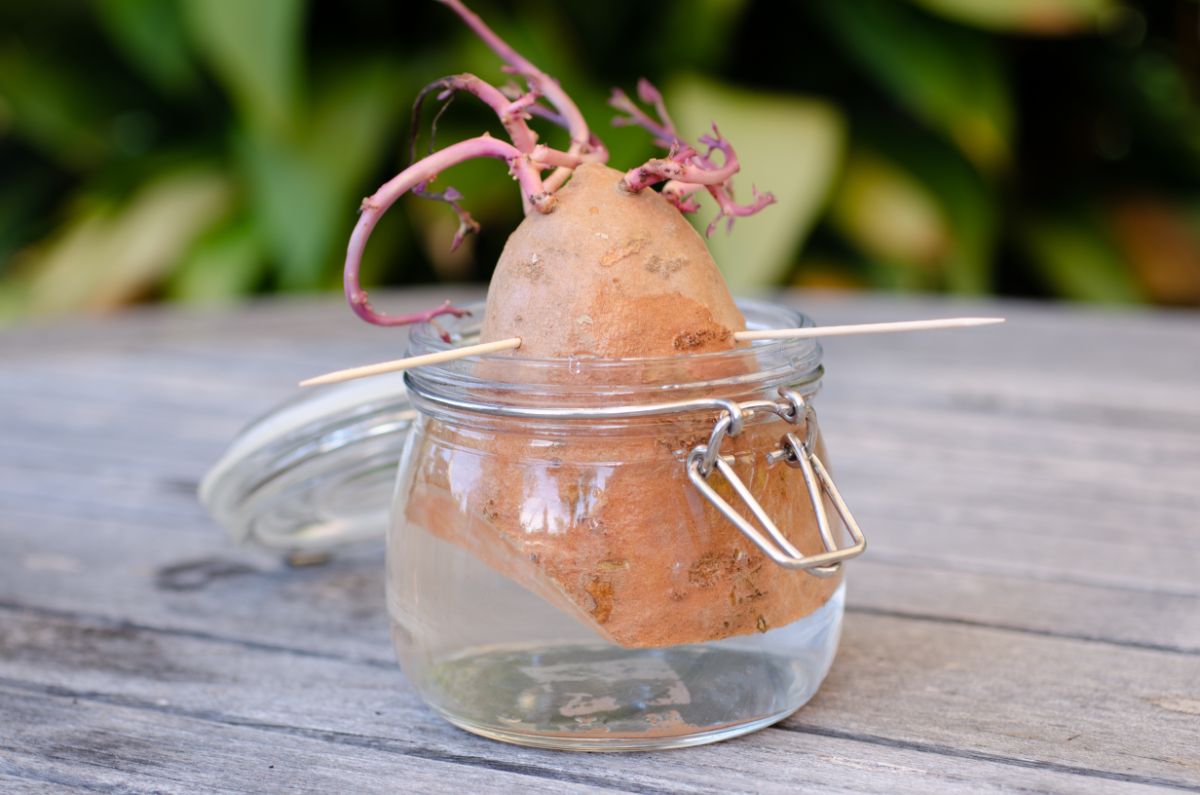
Sweet potatoes do not grow quite the same as regular potatoes, though some people do plant the whole potato and grow from it.
Sweet potatoes are grown from rooted “slips” that grow out of the surface of the sweet potato. You can grow many slips off one sweet potato. You can probably grow all you’d want off just one or two sweet potatoes.
To grow sweet potato slips , insert toothpicks about halfway up the potato (holding the potato vertically). Fill a jar or vase with water, then suspend the sweet potato, using the toothpicks to hold it half in and half out of the water. Keep the water fresh and full. After a couple of weeks, the potato will grow roots in the half that is in the water and green shoots, or slips, from the top half that is out of the water.
When the green slips are four or more inches long, pull them off the sweet potato at the base where they attach and put them into a fresh, clean jar of water. The leaves should be exposed, similar to how you would put a flower in a vase. After a week or so you will see the slips developing roots. It will take two to three weeks to grow enough roots to support transplanting out into the garden. Plant after the danger of frost has passed.
Be sure to leave yourself enough time to grow slips and develop roots. Plan for at least four weeks, though six weeks would be even better.
3. Garlic
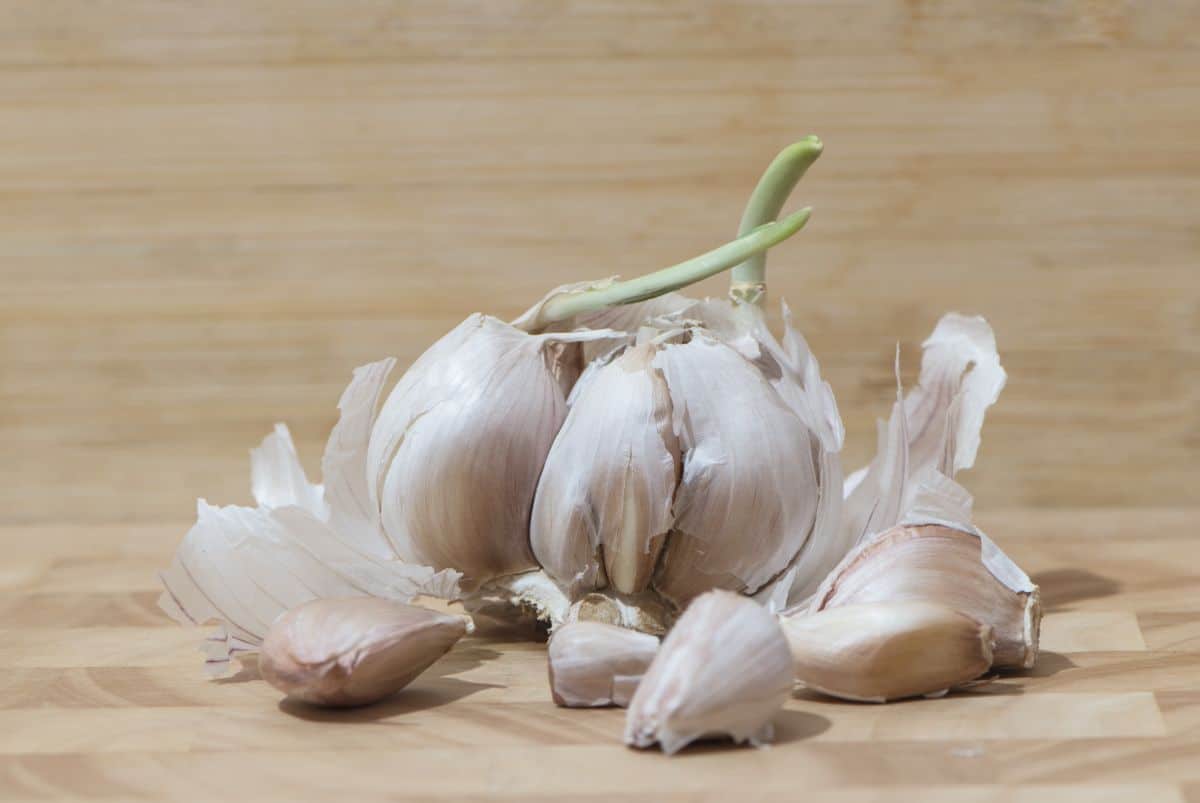
Garlic is one of the easiest groceries (or vegetables, for that matter) to plant. Each individual clove in a garlic bulb is a potential new garlic plant, and a future head of garlic.
To plant grocery garlic, all you have to do is separate the cloves and plant each clove. In fact, we have a whole garlic growing guide here for you to follow.
It is best to plant garlic in the fall and let the cloves go dormant and overwinter. They will sprout up in the early spring and start forming a new full garlic head.
It is also worth noting that you can grow green garlic from garlic bulbs from the grocery store. Green garlic is basically the young garlic plant, and most of it is the stems and leaves. If you’ve ever had an older garlic bulb sprout on you, you’ve basically grown green garlic.
Plant whole or cloves of garlic in a pot (or in the ground) and keep trimming the fresh green shoots as they grow, until they no longer send up shoots.
4. Green Onions
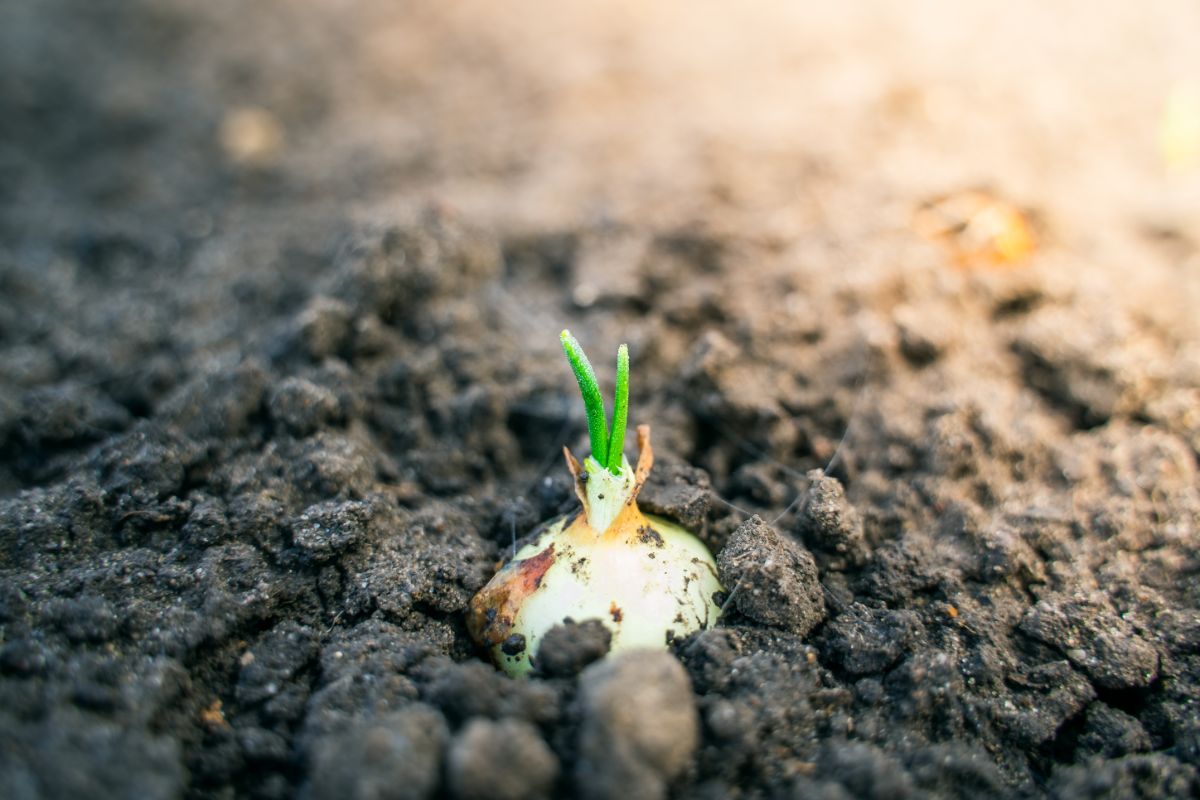
Green onions can be grown from grocery store onions just as easily as green garlic shoots. You can plant a whole onion to get these green shoots (aka scallions), but you can also plant just the bulbous middle if you leave the bottom root section intact—and why not use up the useable portion of the onion first?
Simply plant the onion or the bulb section with roots in the ground or in a pot. Make sure to place the roots facing down. Cover with soil. Water regularly (but not too wet—just when the soil is almost dried out) and wait for green shoots to emerge. Cut the scallions (green onions) as the shoots grow and use fresh.
5. Root Vegetable Greens (turnip, beets, carrots)
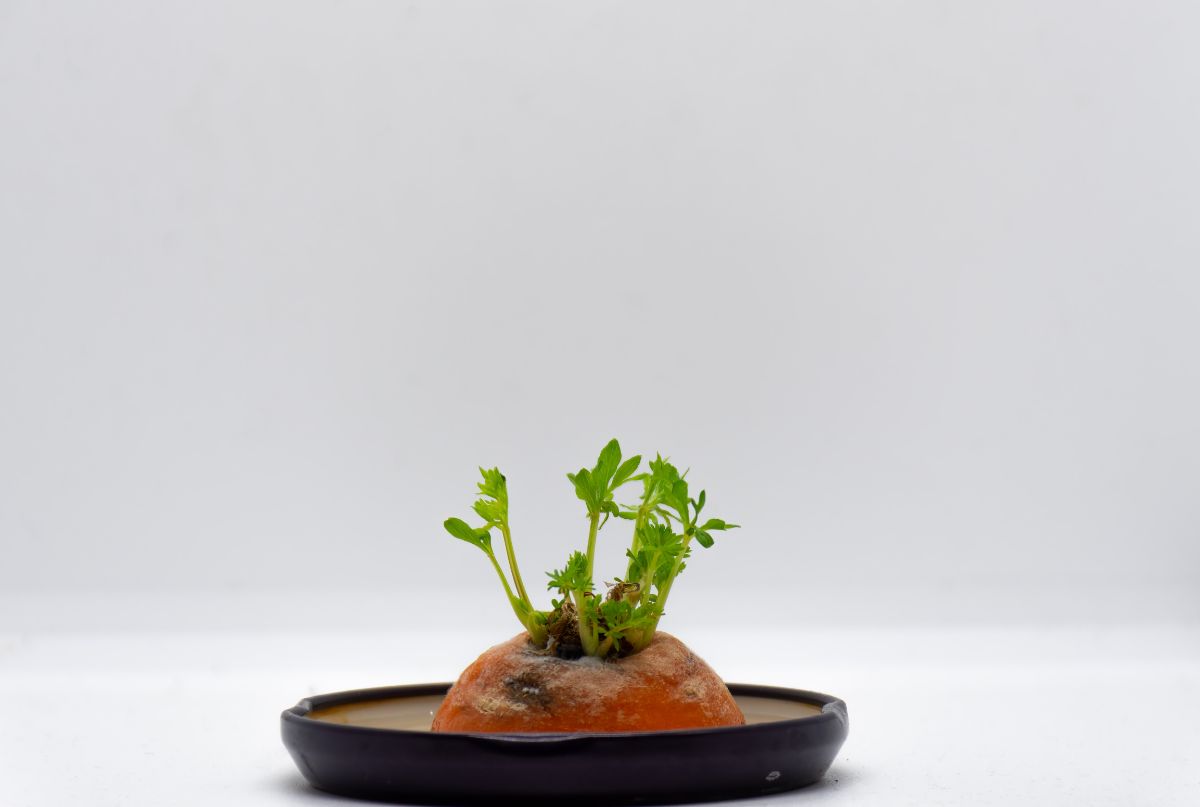
If you like to cook greens from root crops, such as turnip greens, beet greens, or carrot greens, you’re in luck. These things are easy to grow from grocery store root vegetables—just pick your favorite and give it a go.
You can plant the whole vegetable (a whole carrot, whole turnip, or whole beet) and it will soon grow roots and new green tops. Plant the vegetable so that just the top is above the soil line.
You can also use just the trimmed top of these vegetables to grow greens. Cut the top with the greens-growing section intact. Grow in moist soil or in a dish of water. Place them so that the greens-growing top is exposed. New greens should grow within a week or two. Some people like to suspend the vegetable in a water jar, similar to how sweet potato slips are grown, or simply set the top in a shallow dish of water.
6. Beans, Peas, and Sprouts
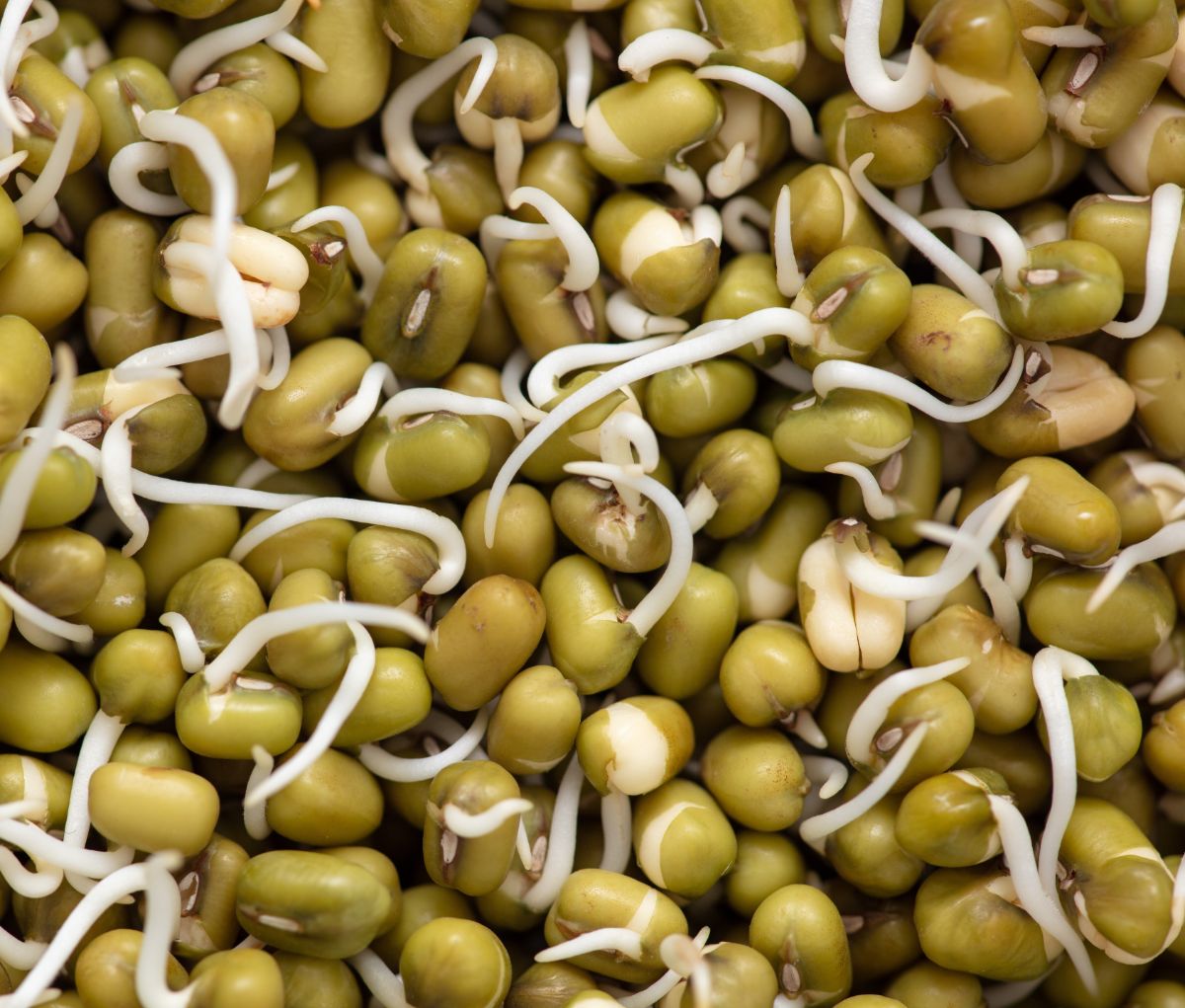
Dried beans and dry peas are the seed of the bean and pea plants. And so, if you buy whole, dry beans or peas, you can grow new plants from them. Or, if you prefer, you can use them to grow bean or pea sprouts.
To grow bean or pea plants, just plant as you would any bean or pea from a seed supplier. The only difference is that you are using “seed” that you bought at the grocery store.
This works for most types of beans and peas, lentils, and other types of legume seeds. The key is to only use dry seeds and only whole seeds. Split peas, for example, won’t work. It should be noted, however, that the age of the seed is hard to know, and germination and results can be spotty depending on the age and storage of the seeds. You might choose to test ten or so of the beans or peas by sprouting them on a moist paper towel.
Beans and peas are usually self-pollinating so it’s a pretty safe bet that if the dried produce will sprout, you’ll get a plant and produce that are pretty much the same as what you started with.
7. Ginger
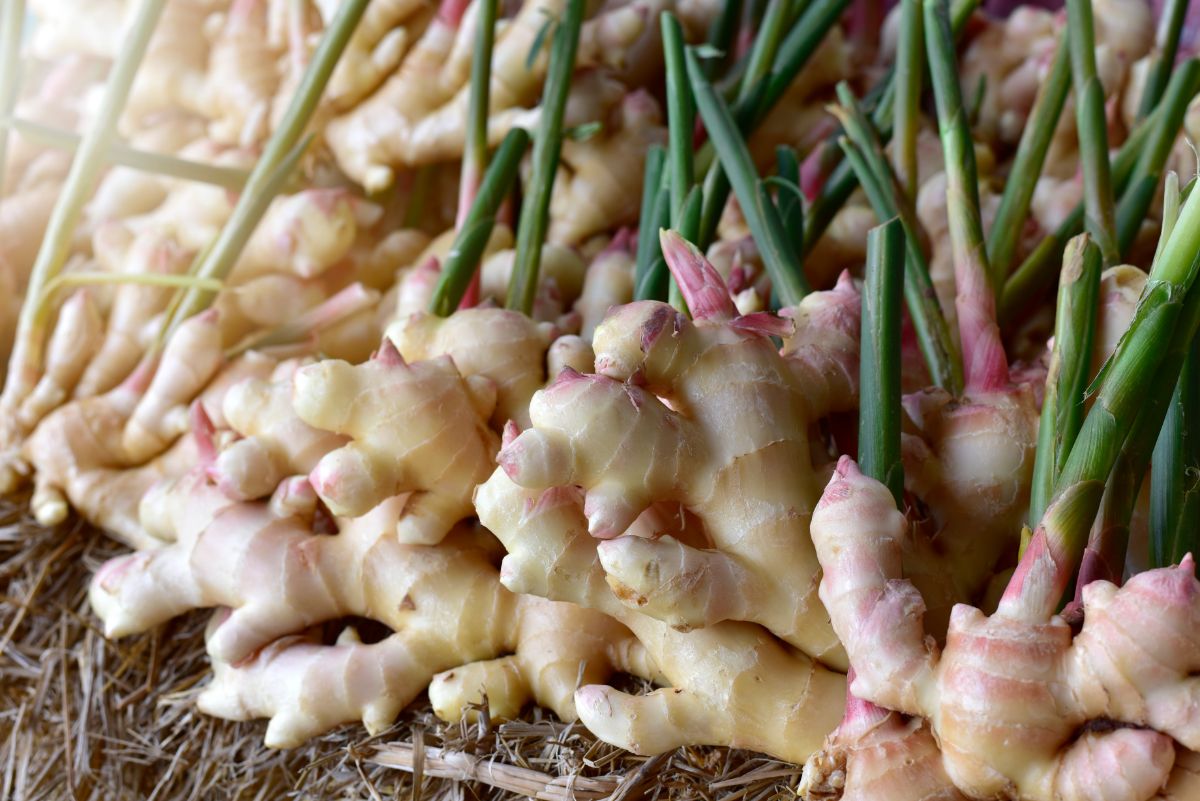
The ginger that we use is actually ginger root. It might be dried, chopped, powdered, or fresh, but it all starts with the harvesting of the root of the ginger plant.
Ginger is a great plant to grow in a container. This will also allow you to bring it inside in the fall when frosts return (the plant is not frost-hardy). Ginger can also be grown in the ground or in a raised bed but growing it in a container will give colder zones more time and flexibility to grow bigger, better, roots that keep going for a very long time.
All you have to do to grow ginger is to get a fresh root from the grocery store (you must grow from fresh and not dried or processed), then dig a shallow hole and plant it with the flat of the “hand” laid flat on the soil. Cover, water, and grow!
8. Turmeric
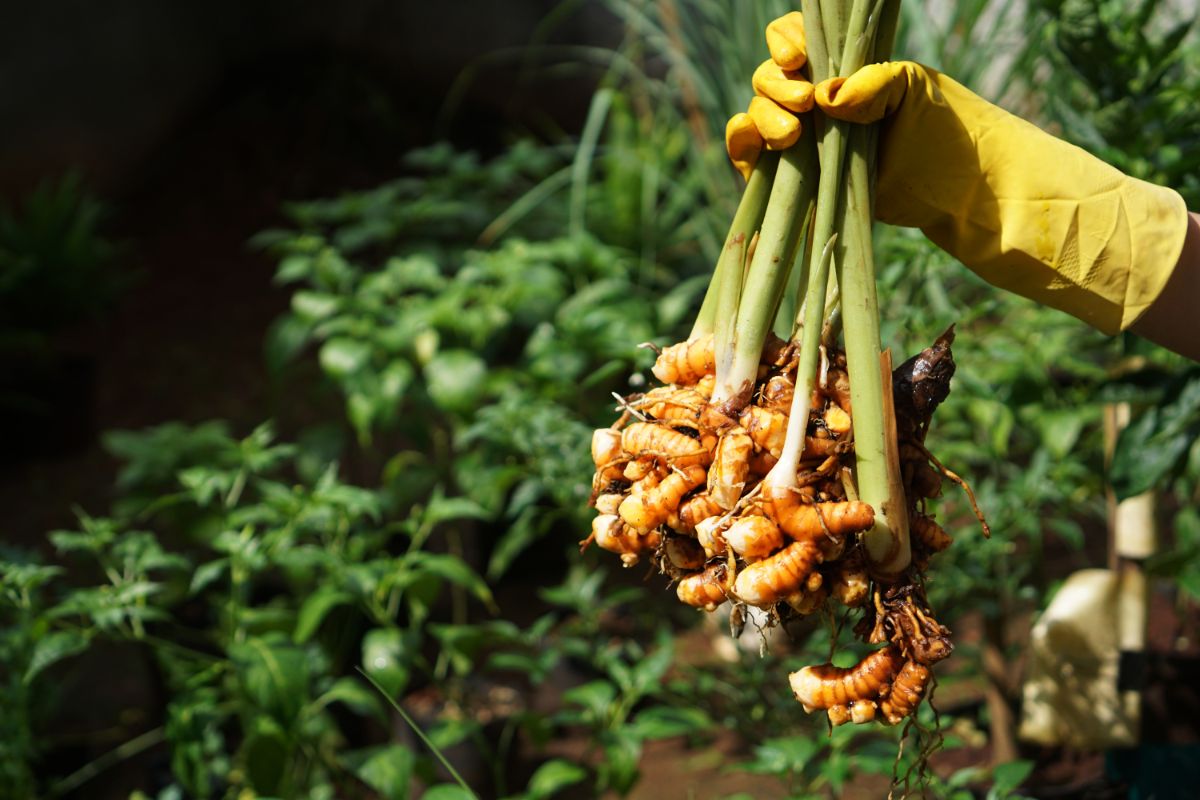
Turmeric is also a root and is grown basically the same as ginger. Again, unless you live in a zone higher than zone eight, it is best to plant turmeric in a container so that you can start it early or bring it in when the weather gets frosty. You’ll need at least eight to ten months of frost-free growing to reach harvest size. It is the root of turmeric that is harvested, like ginger, for cooking and consuming.
But wait! Bonus tip—the leaves of the turmeric plant are edible, too! You can add them to dishes for flavoring, dry them and grind them into a powder, wrap fish in turmeric leaves to grill or bake, or make an infused cooking liquid by steeping them in hot water.
9. Horseradish
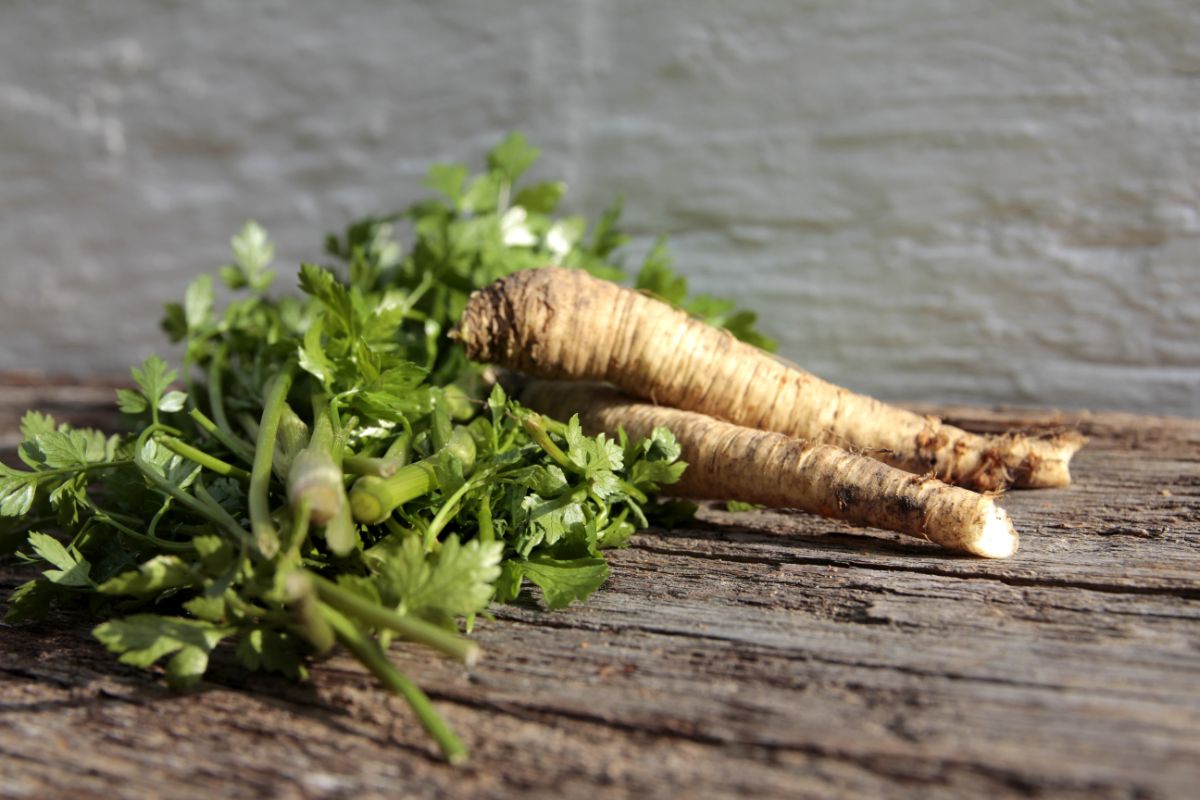
You guessed it—horseradish is another root crop that can be grown from fresh grocery store roots. And again, the key is fresh roots.
Horseradish is a very hardy plant, so it’s fine to plant directly in the ground and grow as a perennial in almost every zone. The one thing to know about horseradish is that it can easily expand and take over an area. For that reason, some people choose to plant it in a raised bed, container, or dedicated small patch to keep it from interfering with other plants.
To plant horseradish , plant the root with any buds or green sprouts towards the top. Cover with a couple of inches of soil, then water and keep weeded until established.
Go Organic When Growing Groceries
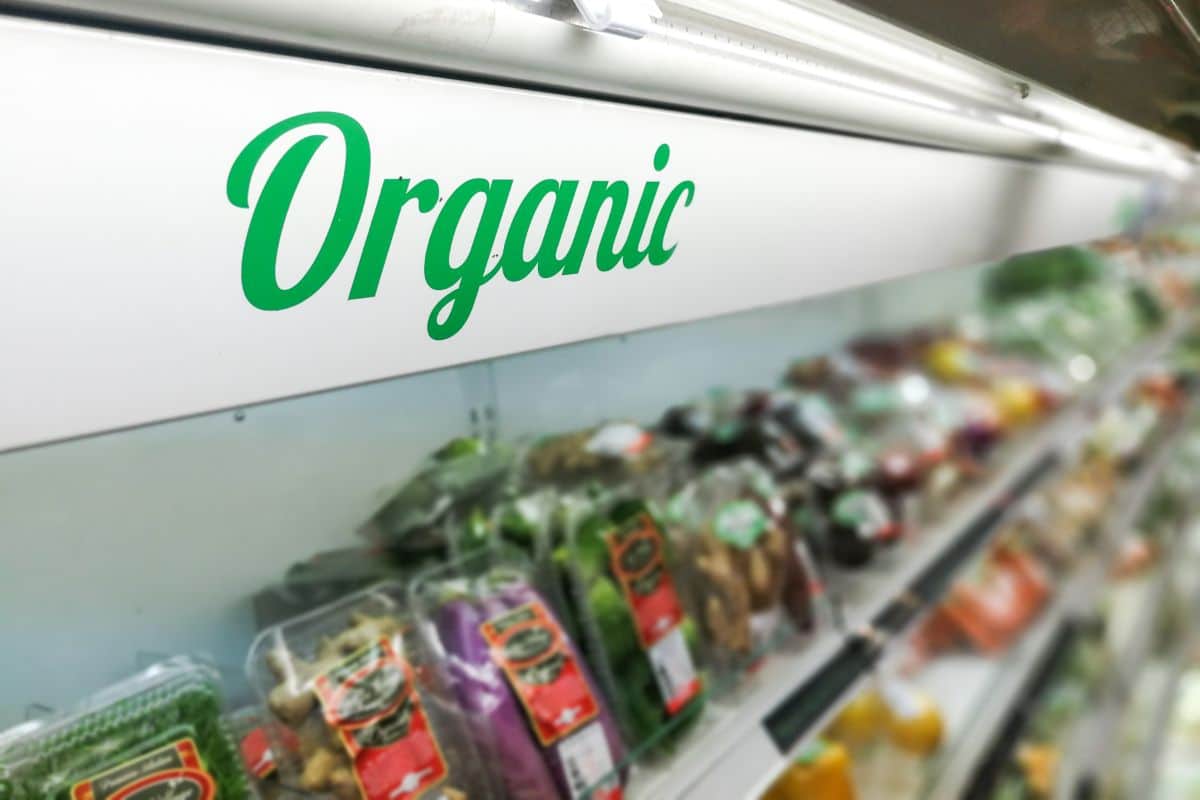
Even if organic is not a priority for you, if you plan to grow food from grocery store produce you are best off buying and growing from organic produce.
Why? It’s simple. And important.
Many fruits and vegetables in the grocery store are sprayed or treated before they are stored to keep them from sprouting or to slow processes like fast ripening. If you plan to grow or regrow more fruits and vegetables from grocery store produce, though, you need that sprouting action intact. You need that potato to be able to sprout!
These chemicals are not approved for organic growing, so if you buy organic produce, you can be sure there is nothing applied that will stop its ability to sprout, root, and grow.
What About Seeds from Store Produce Like Tomatoes and Peppers?
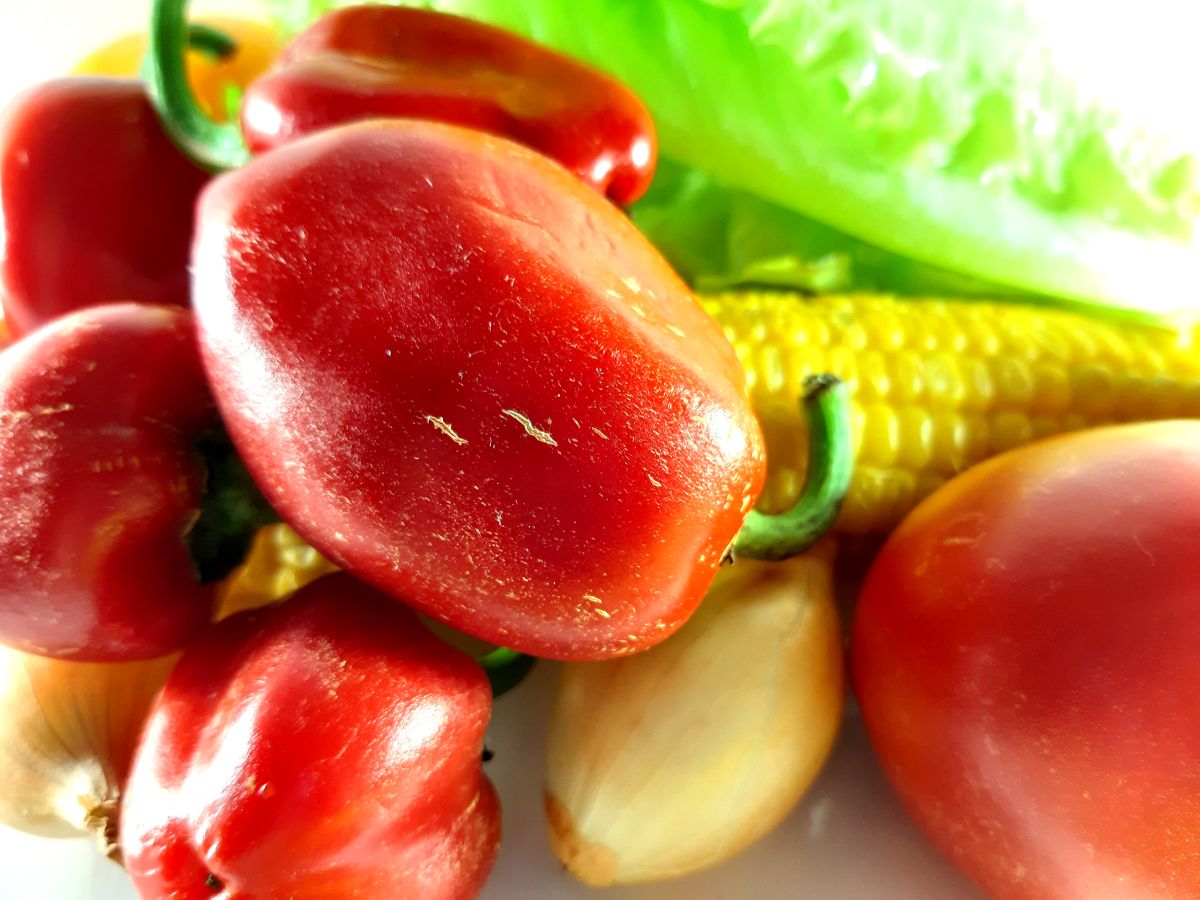
Technically, yes, you could grow vegetables from the seeds of grocery store vegetables like tomatoes, peppers, strawberries, and tomatillos (among other seed-bearing produce). The question is more one of should you.
The answer to that is, no, not really.
The biggest issue with growing new plants from the seeds of fruit and vegetables you buy in the store—even great-looking fruits and vegetables that you'd love to recreate—is that you can’t know what variety the vegetable is or if it is a hybrid (and chances are that if it is sold in a grocery store, it is a hybrid selected for shipping and storage abilities).
Hybrid seeds are notorious for not being reliable and not breeding true, because they are the result of the cross-pollination of two different parent varieties. When you plant hybrid seeds, they tend to revert to characteristics of one of the parents—and knowing which characteristics you’ll get, or even what those characteristics are, is not possible.
There is also no way of knowing if pollination and seed development was complete. In fact, because grocery produce is usually picked unripe or underripe, the odds are that the seed never had a chance to properly mature in the way that you would need it to for planting and regrowing. And that’s not even talking about the possibilities for cross-pollinating with entirely different varieties, which would not yet have shown up in this particular vegetable or fruit.
The short answer? Don’t bother growing vegetables and fruits from grocery store produce when there are so many affordable, known, good seeds around. Sure, in an emergency situation it could be worth a try (and in that case—over-save and overplant!). For now, maximize your time, effort, and supplies and grow something that is a sure bet.
Growing from Waste Scraps
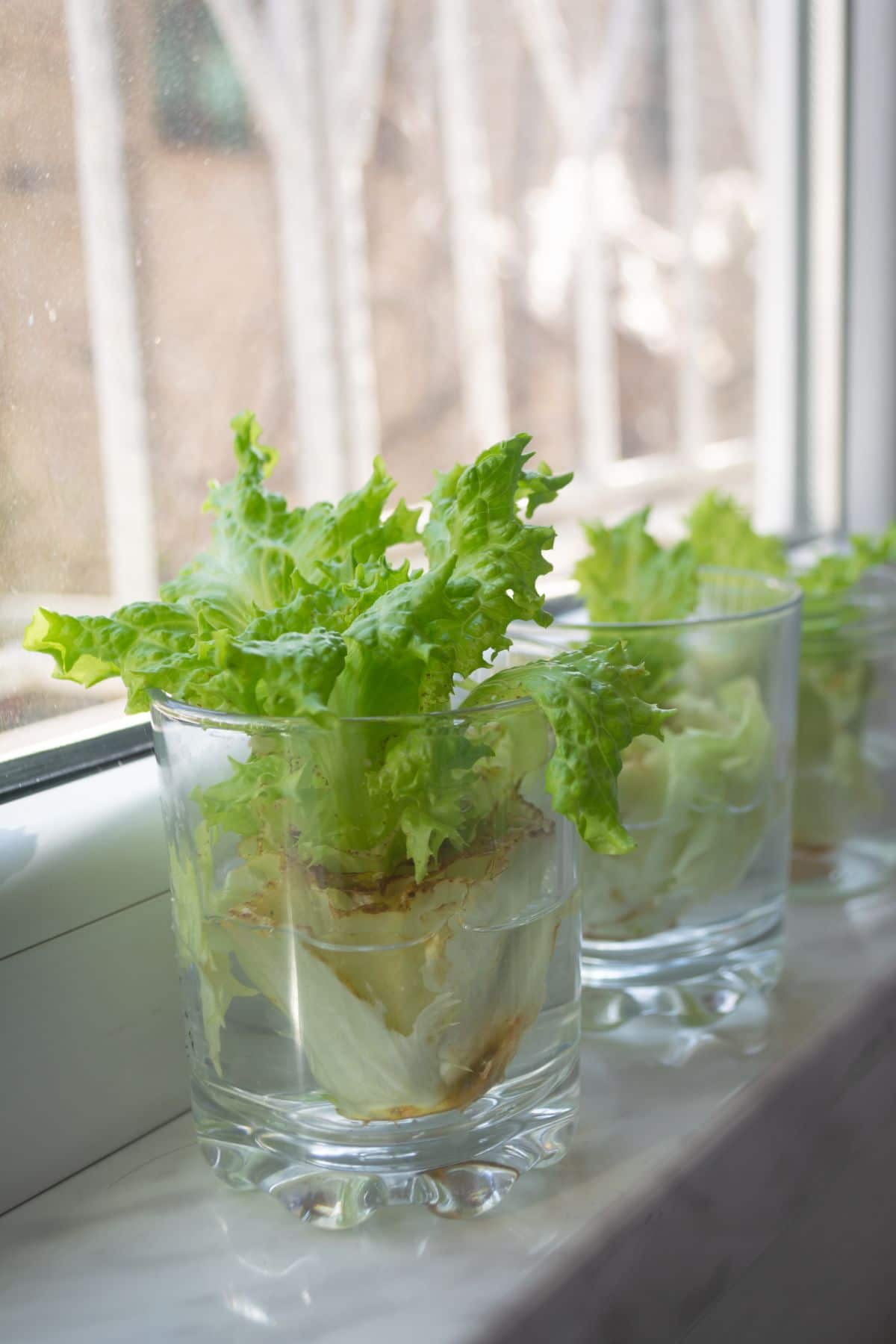
You can also grow, or more accurately, re-grow, fresh produce from the scraps of several produce items. Celery, pineapple, avocado, cuttings from herbs like basil, romaine lettuce (but only if it has the bottom and core still attached), are all examples of produce that people regrow from scraps.
The most common method is to root in a shallow dish of water or in a jar suspended with toothpicks (reference the sweet potato growing method above). Some will require transplanting once rooted, though many will produce edible food just from rooting and growing in water.
Food costs, even in the best of times, are quite dear. The more you know, the more you can grow, the more affordable your food costs will be. They’ll also be healthier, and you’ll be happier for the sense of accomplishment and well-being you gain when you grow your own food!

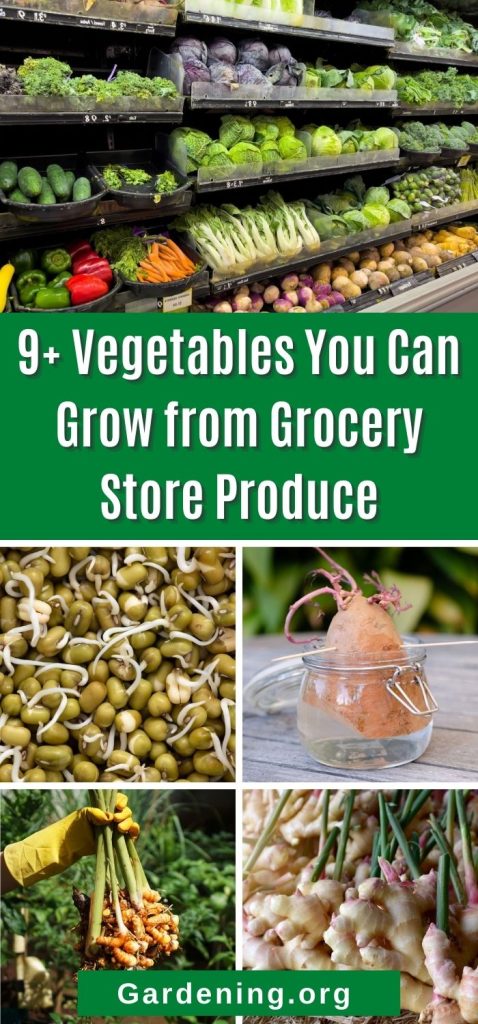
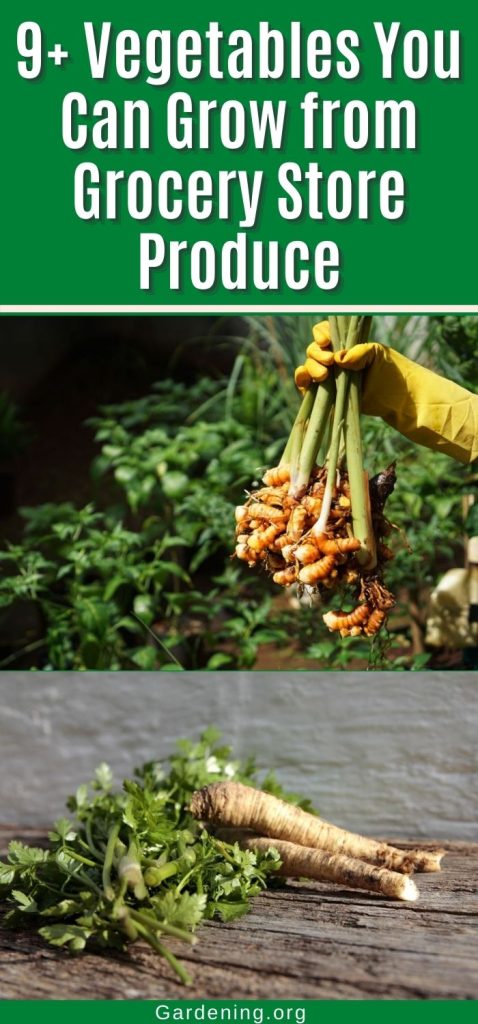
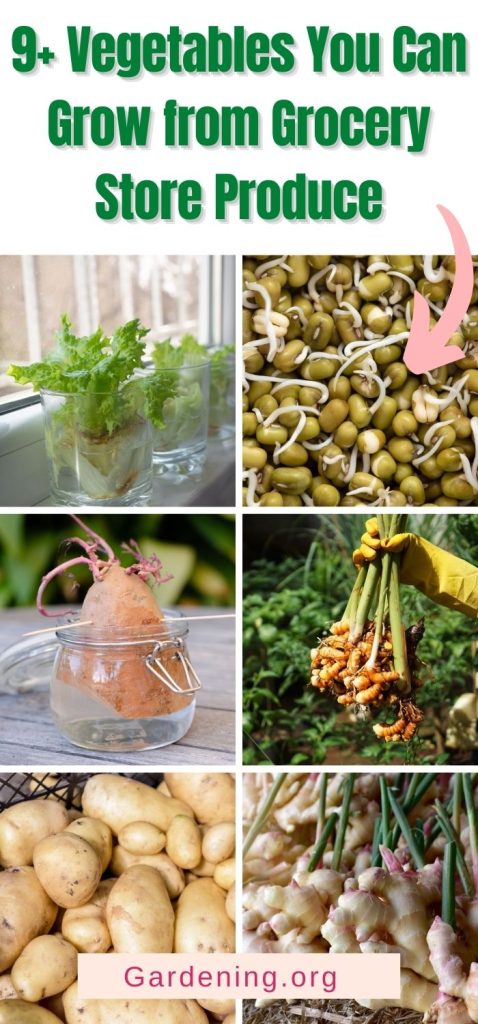



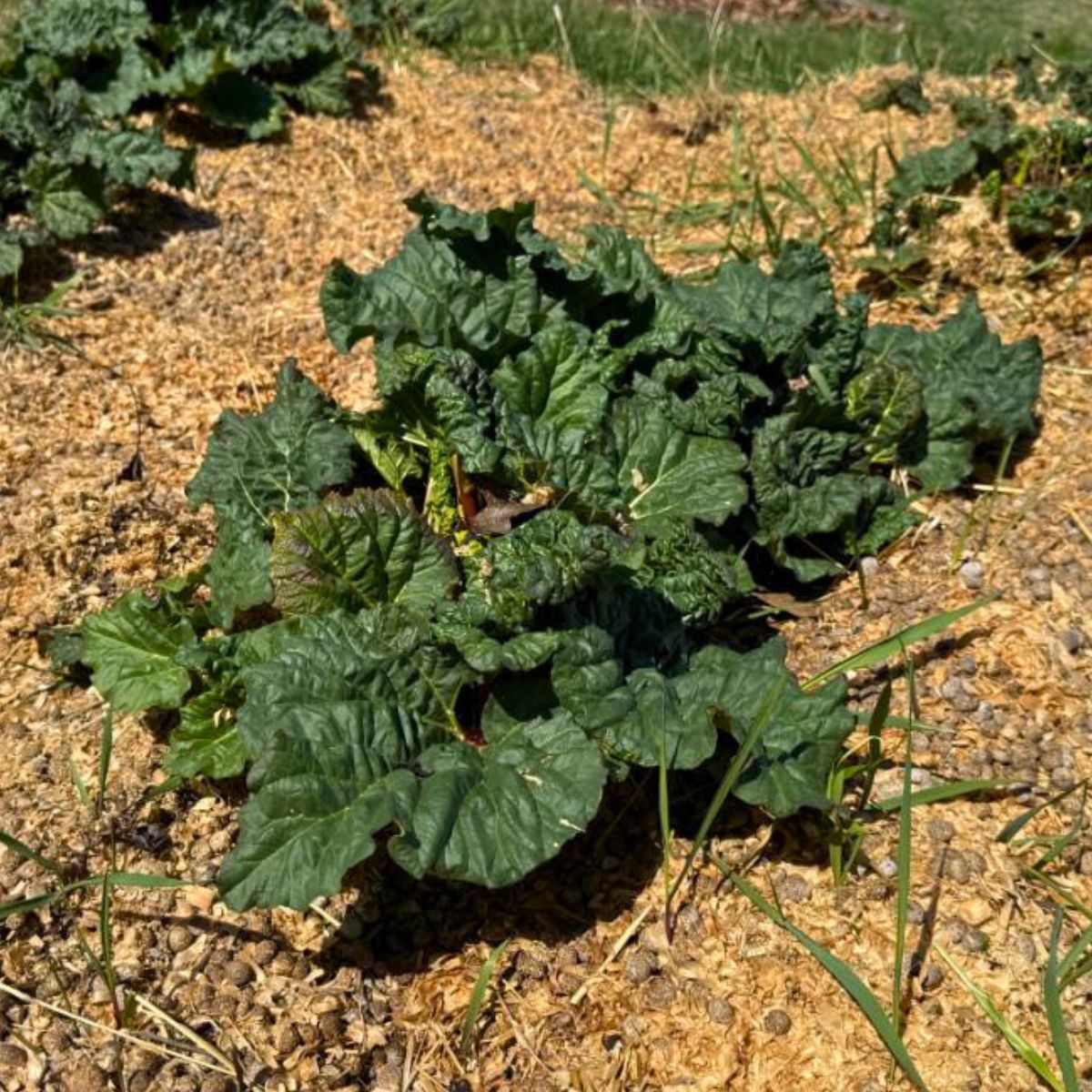

Angel Pla
[email protected] Your information has been very good for Thank you kindly I will keep looking at your suite.